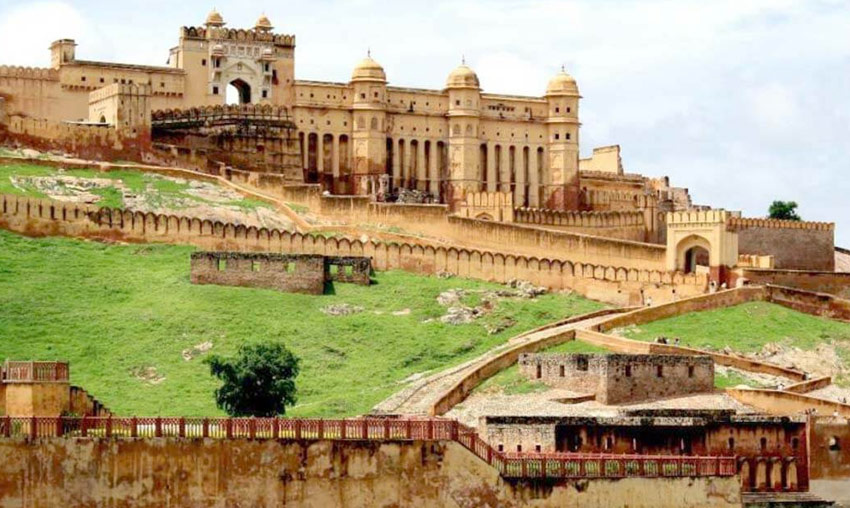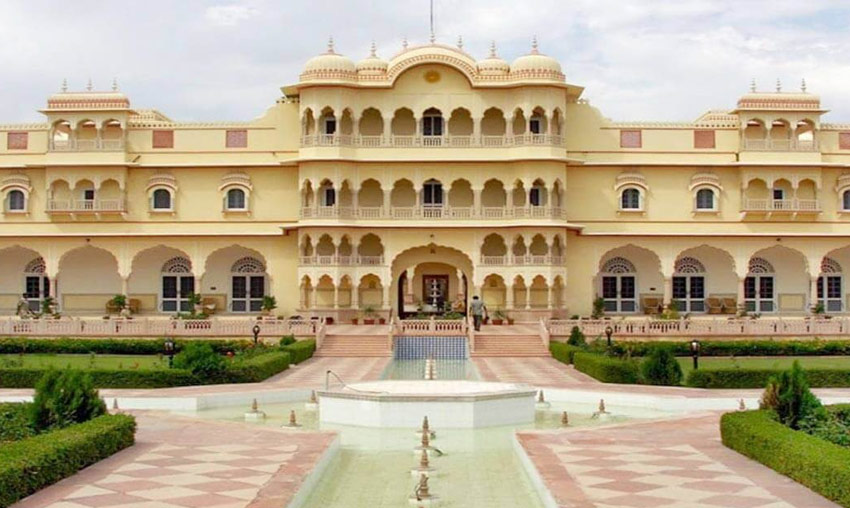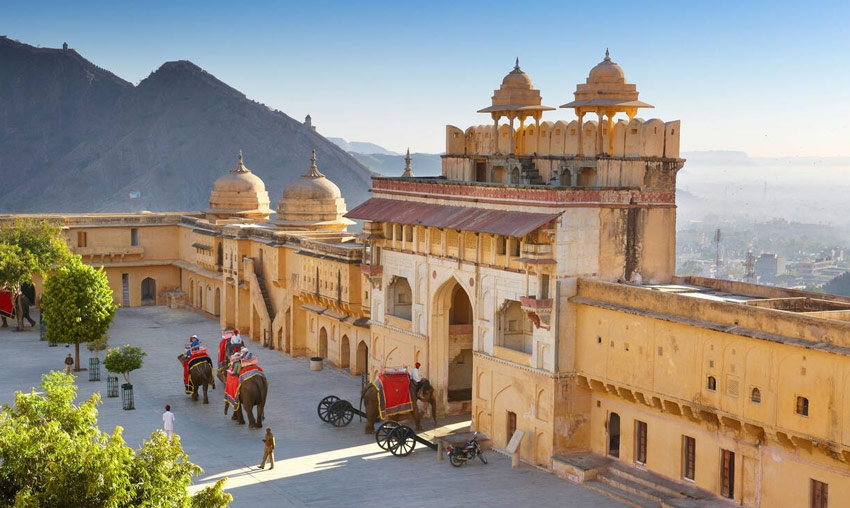Jaigarh Fort Jaipur (Entry Fee, Timings, History, Built By)
Perched atop the ‘Cheel ka Teela’ hills in the Pink City of Jaipur lies the imposing Jaigarh Fort. Sawai Jai Singh II commissioned this spectacular structure in 1726 to guard Amer Fort. Situated atop the cliff, this magnificent building is surrounded by enormous battlements and lush vegetation. Known as the ‘Fort of Victory’ because it was never overrun, this beautiful fort is connected to Amer Fort via underground corridors. The fort provides a stunning perspective of Jaipur city and is currently home to the largest cannon on wheels in the world, known as “Jaivana.”
The Jaigarh fort, which was conceived and designed by the gifted architect Vidhyadhar, is regarded as the strongest of the three forts and has never seen any opposition. Named for Sawai Jai Singh II, the king who ordered its construction, the fort symbolises the city’s affluent history. The enormous treasure that was thought to be buried beneath the fort is another reason for its fame, in addition to its intricate architecture. Nonetheless, it is thought that the Rajasthani authorities confiscated the treasure in the 1970s.
History of Jaigarh fort
The beautiful Jaigarh Fort was constructed in the early 1700s. Beginning in the early tenth century, the Kachawahas dominated the city of Amer, where Jaigarh and the Amer fort were situated.
During the Mughal era, the fort served as the primary cannon factory and was also used to store war-related metals and munitions. During the subsequent Mughal dynasty conflicts that began in 1658, the cannon outpost at the Jaigarh fort was protected until his own brother, Aurangzeb, defeated and beheaded the protector, Dara Shikoh.
Later, when the fort was turned over to Jai Singh II, it is known that he sculpted the magnificent “Jaivana Cannon” in addition to using the tools and the foundries.
Architecture of Jaigarh fort Jaipur
The Jaigarh Fort is a striking and impressive building that stretches across a wide area. The fort, which is surrounded by substantial red sandstone walls, is home to some of the most beautiful structures, such as Lalit Mandir, Vilas Mandir, Laxmi Vilas, and Aram Mandir. The fort’s allure is enhanced by two additional temples: Kal Bhairav Temple, constructed in the 12th century, and Ram Harihar Temple, constructed in the 10th century. Yet the ‘Jaivana Cannon’, the biggest cannon on wheels in the world, and the expansive palace complex are the main attractions. Other than that, a museum, an armoury, and a well-kept garden are visible.
The red sandstone walls of the Jaigarh Fort are extended across a length of 3 km and are nearly a kilometer wide, making the fortification an impregnable one. Within the fort’s boundaries is a well-kept square garden, and embankments are built to give access to the upper stories of the building. A prominent watch tower looks out over the entire area, and courtrooms and halls are tastefully decorated with screened windows. The Awani Darwaza, a stunning triple-arched entryway, serves as the entrance to the Aram Mandir. Aram Mandir offers a stunning view of the neighbouring Sagar Lake.
Best Time To Visit Jaigarh Fort
Winter, which runs from early November to February, is the ideal season to explore Jaigarh Fort. The area is verdant during the monsoon season and offers a wonderful break from the summer’s intense heat. The best times to take a walk on the fort grounds are in the morning and evening.
How To Reach Jaigarh Fort
The Jaigarh Fort is easily accessible by local bus service, autorickshaw, or taxi because it is only 11 km outside of Jaipur city.
Timings : 9:30 AM – 4:45 PM
Time Required : 2-3 hours
Entry Fee : Indians: INR 35, Foreigners: INR 85


